From Molecules to Organisms
MS-LS1-1: Conduct an investigation to provide evidence that living things are made of cells; either one cell or many different numbers and types of cells.
Bell Ringers:
Observe
and Wonder

This collection includes bell ringers that prompt students to observe natural phenomena and ask questions.
Bell Ringers:
Living Things are
Made of Cells
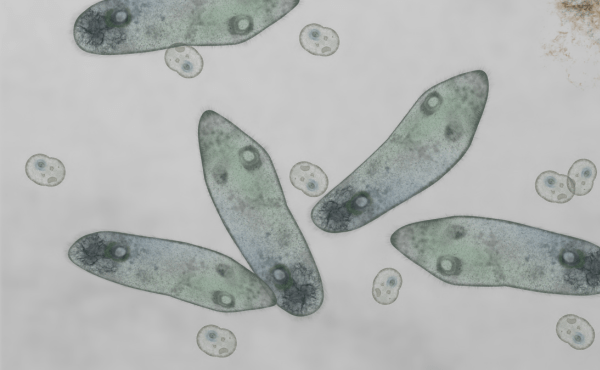
This set of bell ringers poses thought-provoking questions about how living things are made of cells and that there are many kinds of cells. A list of common misconceptions is included to help teachers anticipate student misunderstandings.
Mini-Challenges
Cells Theory
Cell Types & Parts
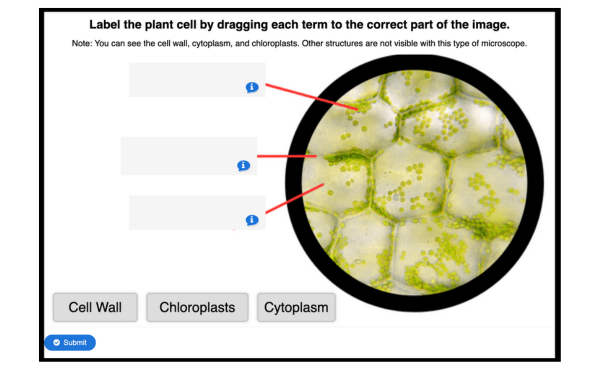
These embeddable mini-challenges provide quick checks for understanding key concepts such as cell theory, plant and animal cell types, cell organelles, the nature of science, and the difference between scientific theories and laws.
MS-LS1-2: Develop and use a model to describe the function of a cell as a whole and ways parts of cells contribute to the function.
Bell Ringers:
Observe
and Wonder

This collection includes bell ringers that prompt students to observe natural phenomena and ask questions.
Bell Ringers:
Living Things are
Made of Cells

This set of bell ringers poses thought-provoking questions about how living things are made of cells and that there are many kinds of cells. A list of common misconceptions is included to help teachers anticipate student misunderstandings.
Bell Ringers:
Cell
Models
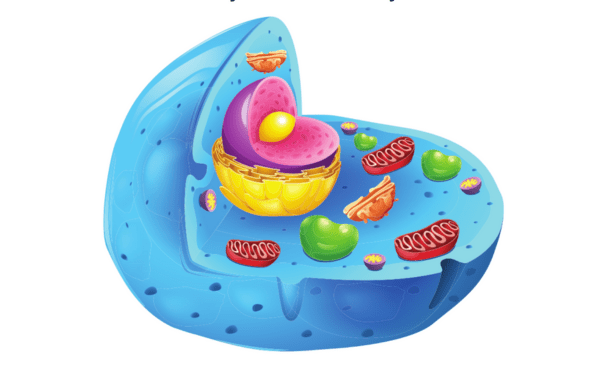
This set of bell ringers asks students to compare different kinds of cell models and consider the functions of the different parts of cells. A list of common misconceptions is included to help teachers anticipate student misunderstandings.
Interactive:
Plant
Cells
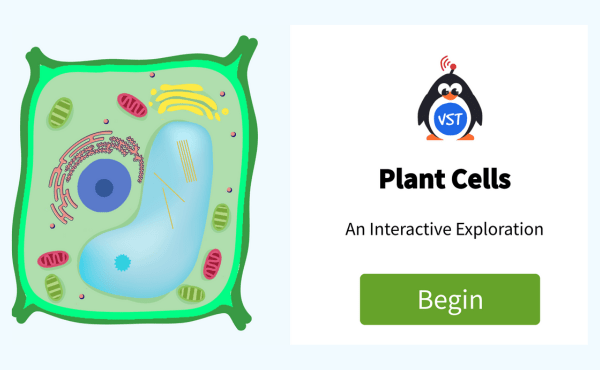
Discover the parts of a plant cell step-by-step, beginning with the cell wall. Add each organelle as you go, uncovering its unique role in the cell’s function.
- Read-Aloud Feature: Users can select buttons to hear the text read aloud.
- Screenshot Signature Page: Users can screenshot their name on the final page for proof of completion.
- Teacher Click-Through Presentation: This version allows teachers to quickly navigate through the interactive.
- Crossword, CER, & More

Interactive:
Animal
Cells
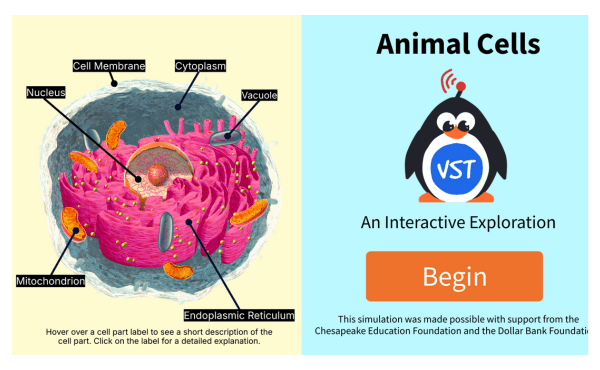
Concepts:
Build a model of an animal cell, step-by-step, beginning with the cell membrane. Add each organelle as you go, uncovering its unique role in the cell’s function.
- Read-Aloud Feature: Users can select buttons to hear the text read aloud.
- Screenshot Signature Page: Users can screenshot their name on the final page for proof of completion.
- Teacher Click-Through Presentation: This version allows teachers to quickly navigate through the interactive.
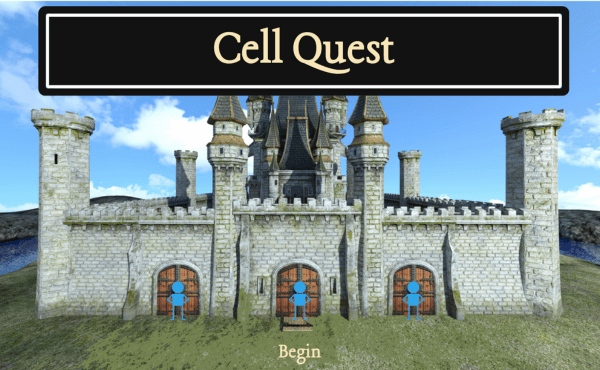
This interactive adventure explores how a cell is like a castle, comparing animal and plant cells while uncovering the roles of each organelle.
- Read-Aloud Feature: Users can select buttons to hear the text read aloud.
- Screenshot Signature Page: Users can screenshot their name on the final page for proof of completion.
- Teacher Click-Through Presentation: This version allows teachers to quickly navigate through the interactive.
- Worksheets for this resource are coming soon!
Mini-Challenges
Cells Theory
Cell Types & Parts

These embeddable mini-challenges provide quick checks for understanding key concepts such as cell theory, plant and animal cell types, cell organelles, the nature of science, and the difference between scientific theories and laws.
MS-LS1-3: Use argument supported by evidence for how the body is a system of interacting subsystems composed of groups of cells.
Bell Ringers:
Observe
and Wonder

This collection includes bell ringers that prompt students to observe natural phenomena and ask questions.
Bell Ringers:
Body Systems and Cell Organization
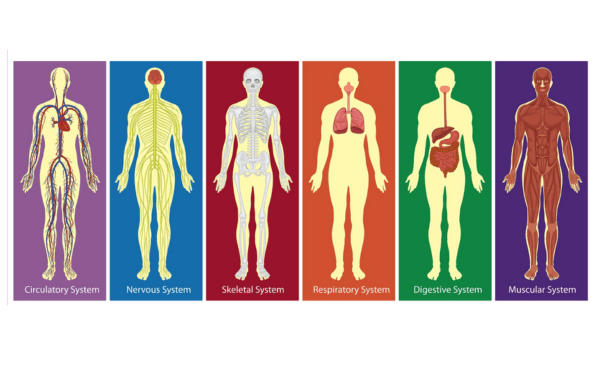
This bell ringer collection includes questions about tissues, organs, and how the body systems work together.
Interactive:
Water's Journey
Through Plants
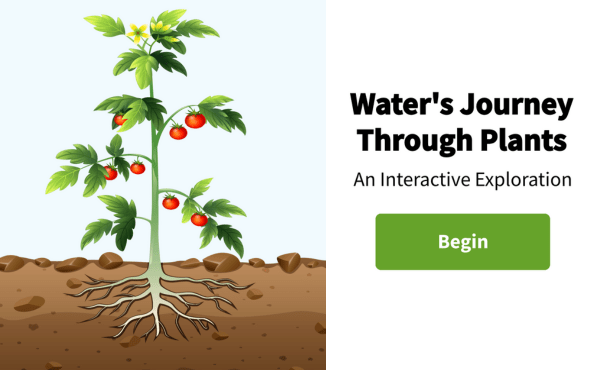
This interactive explores how water moves from the roots to the leaves through specialized structures like xylem, supporting processes like photosynthesis and transpiration.
- Read-Aloud Feature: Users can select buttons to hear the text read aloud.
- Screenshot Signature Page: Users can screenshot their name on the final page for proof of completion.
- Teacher Click-Through Presentation: This version allows teachers to quickly navigate through the interactive.
Interactive:
Plant Parts
and Adaptations
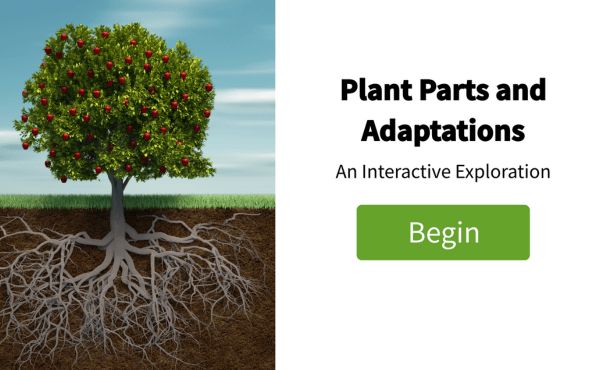
The Plant Parts and Adaptations interactive explores how specialized structures and behaviors enable plants to survive, grow, and reproduce in diverse environments.
- Read-Aloud Feature: Users can select buttons to hear the text read aloud.
- Screenshot Signature Page: Users can screenshot their name on the final page for proof of completion.
- Teacher Click-Through Presentation: This version allows teachers to quickly navigate through the interactive.
Drag :
Labeling Activity
Frog Anatomy
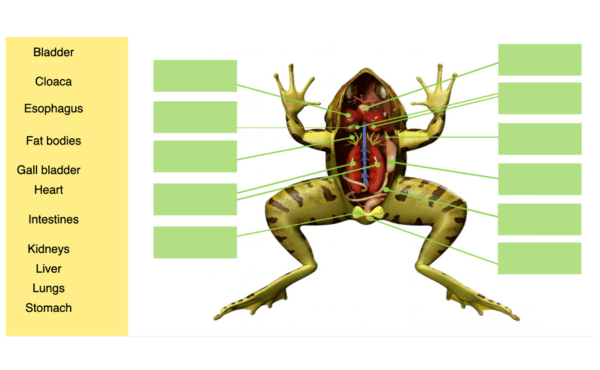
Review the internal organs of a frog and then test your memory.
MS-LS1-4: Use argument based on empirical evidence and scientific reasoning to support an explanation for how characteristic animal behaviors and specialized plant structures affect the probability of successful reproduction of animals and plants respectively.
Bell Ringers:
Observe
and Wonder

This collection includes bell ringers that prompt students to observe natural phenomena and ask questions.
Bell Ringers:
Adaptations that
Support Reproduction

This collection includes bell ringers that asks students to think about different traits and behaviors that help organisms reproduce.
Interactive:
How
Plants Reproduce
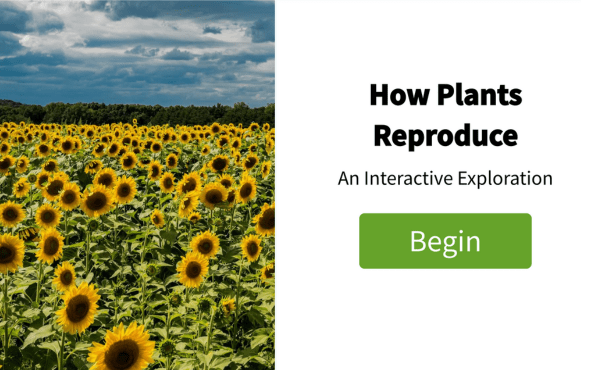
This interactive explores the fascinating ways plants reproduce, highlighting their unique adaptations to ensure survival and reproduction.
- Read-Aloud Feature: Users can select buttons to hear the text read aloud.
- Screenshot Signature Page: Users can screenshot their name on the final page for proof of completion.
- Teacher Click-Through Presentation: This version allows teachers to quickly navigate through the interactive.
MS-LS1-5: Construct a scientific explanation based on evidence for how environmental and genetic factors influence the growth of organisms.
Bell Ringers:
Observe
and Wonder

This collection includes bell ringers that prompt students to observe natural phenomena and ask questions.
Bell Ringers:
Factors that
Impact Growth

These bell ringers ask how genetic and environmental factors that impact the growth of different organisms.
Interactive:
Plant Parts
and Adaptations

The Plant Parts and Adaptations interactive explores how specialized structures and behaviors enable plants to survive, grow, and reproduce in diverse environments.
- Read-Aloud Feature: Users can select buttons to hear the text read aloud.
- Screenshot Signature Page: Users can screenshot their name on the final page for proof of completion.
- Teacher Click-Through Presentation: This version allows teachers to quickly navigate through the interactive.
Simulation:
Sunflower Growth
Virtual Experiment
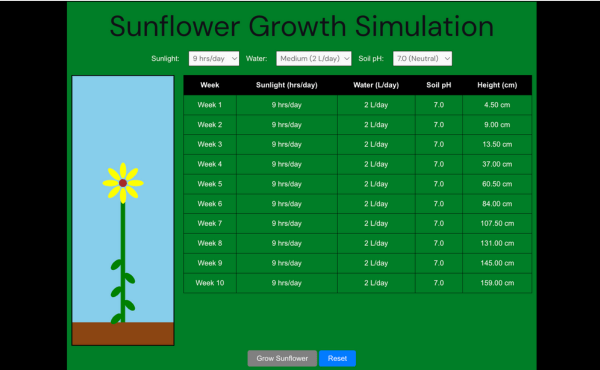
Explore how sunlight, water, and soil pH affect the growth of a sunflower plant in this simulation. Use VST graph makers to graph and analyze the results.
Please Note: This simulation simplifies sunflower growth for educational purposes and data collection. Real sunflowers are influenced by additional factors like genetics, temperature, and soil nutrients. 🌻
MS-LS1-6: Construct a scientific explanation based on evidence for the role of photosynthesis in the cycling of matter and flow of energy into and out of organisms.
Bell Ringers:
Photosynthesis
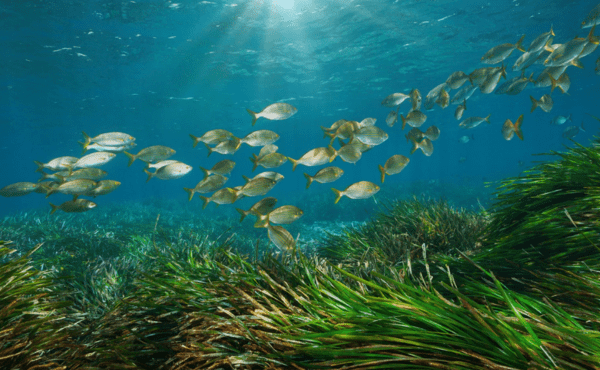
These bell ringers include several questions relating to the role of photosynthesis in the cycling of matter and the flow of energy into and out of many different organisms.
Interactive:
Photosynthesis
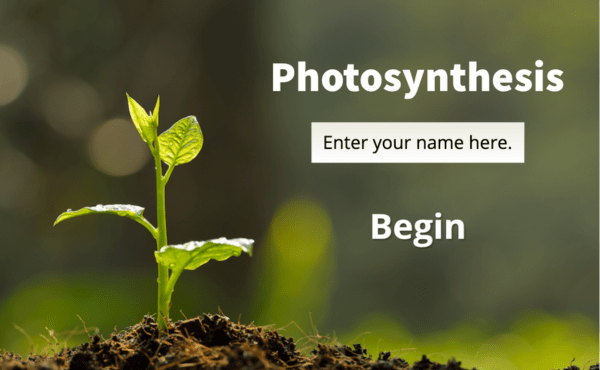
Recently Updated! Learn what is used and produced as plants and other photosynthetic organisms make their own food during photosynthesis.
- Screenshot Signature Page: Users can screenshot their name on the final page for proof of completion.
- Teacher Click-Through Presentation: This version allows teachers to quickly navigate through the interactive.
- Older Version (Genially Link)
- Crossword

- Worksheet

MS-LS1-7: Develop a model to describe how food is rearranged through chemical reactions forming new molecules that support growth and/or release energy as this matter moves through an organism.
Bell Ringers:
Food & Cellular Respiration
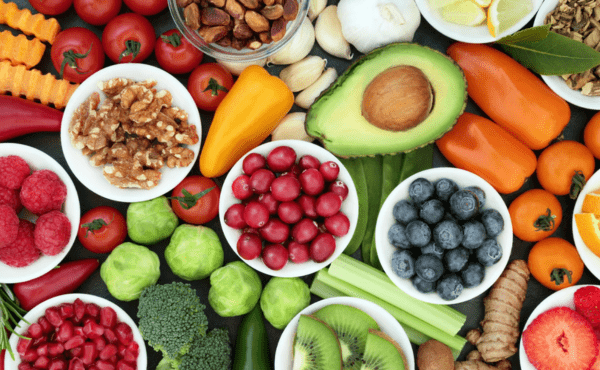
These bell ringers include several questions relating to the how food is used by organisms to live and grow.
Interactive:
Cellular
Respiration
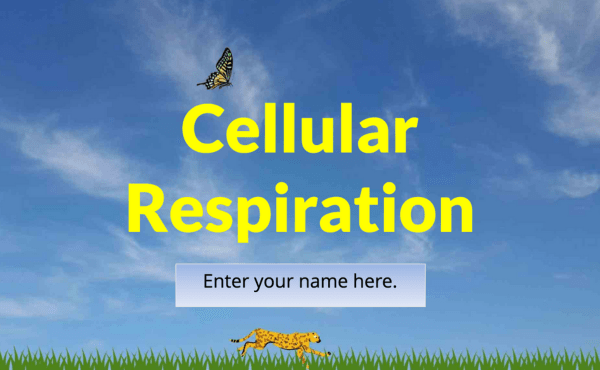
Learn about the process by which food is transformed into the energy that cells need to live and function in this cellular respiration interactive.
- Screenshot Signature Page: Users can screenshot their name on the final page for proof of completion.
- Teacher Click-Through Presentation: This version allows teachers to quickly navigate through the interactive.
- Older Version (Genially Link)
- Cellular Respiration Worksheet & CER

Interactive:
The
Carbon Cycle
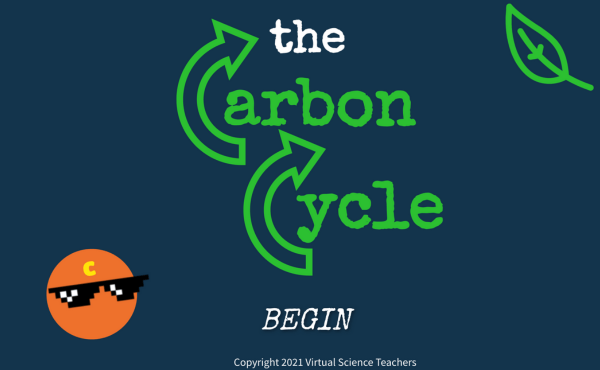
Go along on Cool Guy Carbon’s epic adventure as he participates in the carbon cycle as part of several different molecules.
- Screenshot Signature Page: Users can screenshot their name on the final page for proof of completion.
- Teacher Click-Through Presentation: This version allows teachers to quickly navigate through the interactive.
- Worksheet

MS-LS1-8: Gather and synthesize information that sensory receptors respond to stimuli by sending messages to the brain for immediate behavior or storage as memories.
Bell Ringers:
Sensory Receptors Response to Stimuli
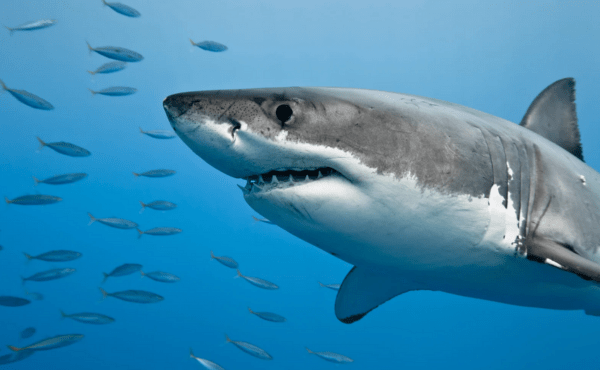
These bell ringers include several questions relating to how organisms use sensory receptors to respond to stimuli.
These additional resources are from other organizations that also aim to support science teachers and students! Please note that each link opens in a new tab to external sites.
